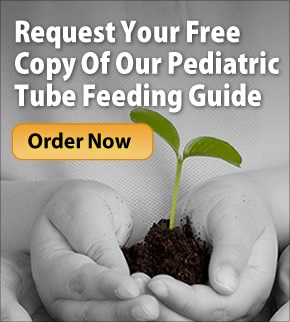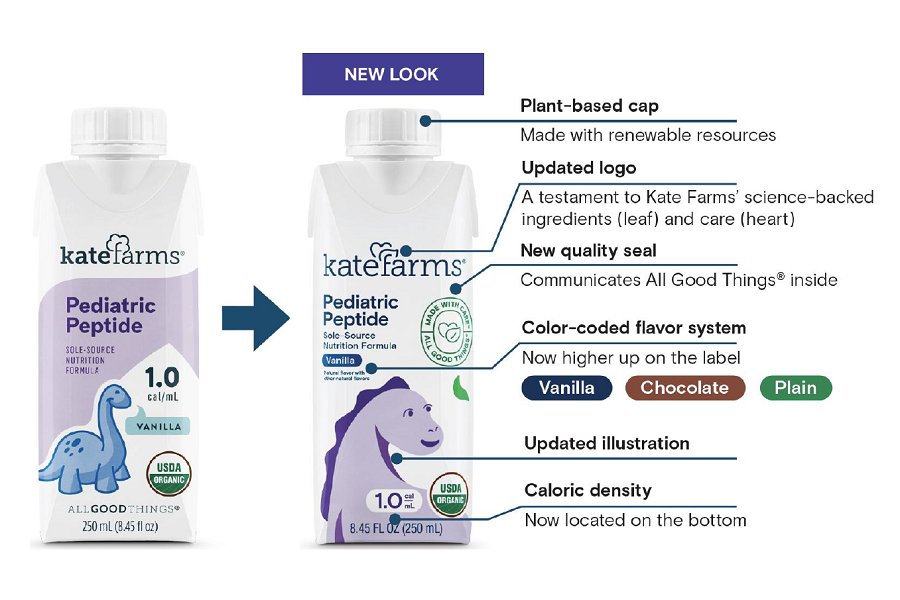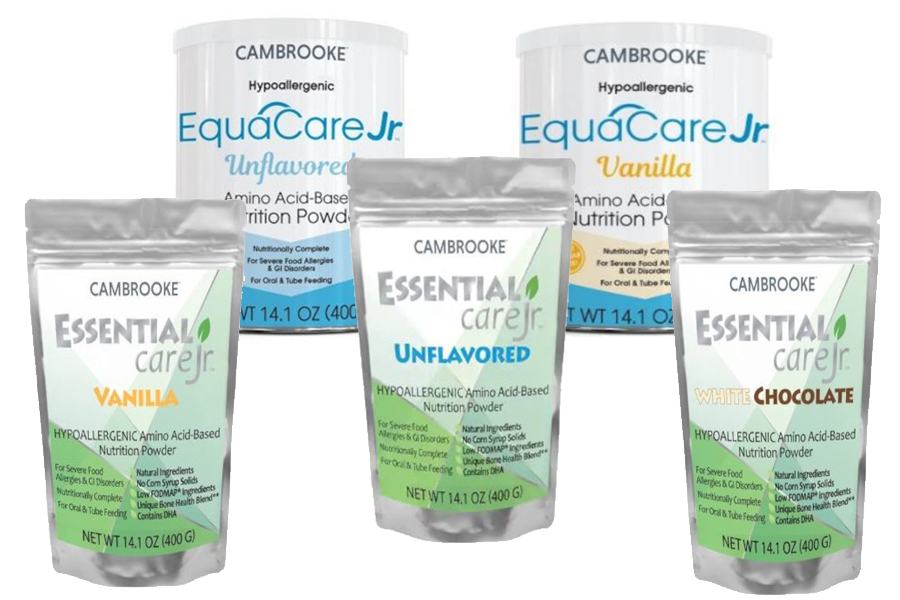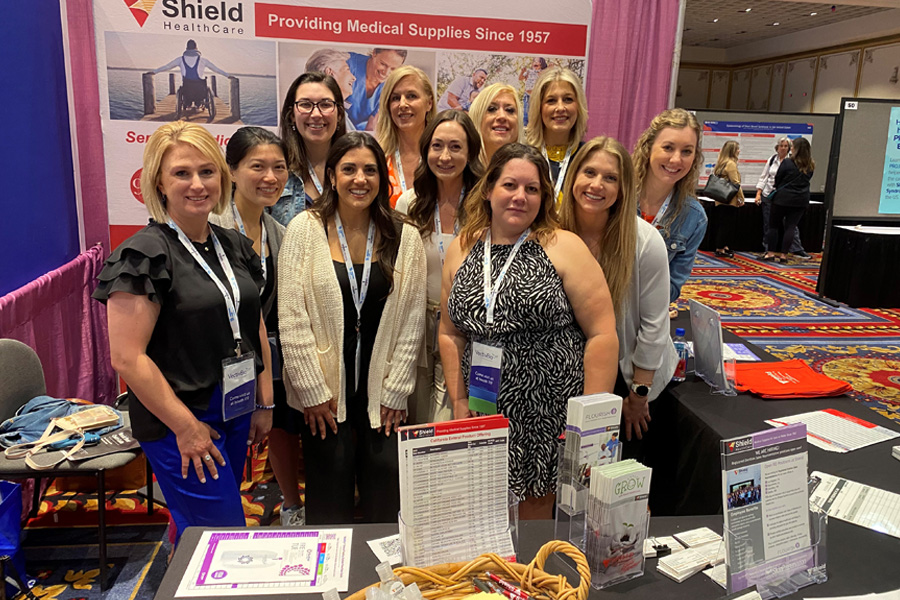Being at home with a new child can be stressful, especially if there is a history of feeding intolerance or reflux. Aspiration in children is a serious and common issue and parents or caregivers should be aware of the signs and symptoms.
Preventing Aspiration in Children
Aspiration occurs when solid foods or liquids enter the airway and lungs. While there may be observable signs that accompany aspiration events such as coughing, choking, eye reddening, or wet vocal quality after swallowing, infants and children can also aspirate silently, or with no observable symptoms.
Techniques for prevention include:
• Keep the child’s head elevated >30 degrees during a feed and for at least 30-60 minutes afterward
• Avoiding sitting the child at a 90 degree angle during or after feeding
• Try smaller, more frequent feedings
• Consider prokinetic agents or antacids, as directed by a physician
• Work with a feeding team or specialist to determine the best treatment plan
For more information, see related articles and resources here:
- Storing and Using your Tetra Pak® Formula Containers
- Nutrition and PKU: Information and Resources for Phenylketonuria
- Treating and Preventing Malnutrition with Oral Nutrition Supplements
- Webinar: Nutrition Management for Children with Developmental Disabilities
- Nutrition-Related Issues Common to Selected Developmental Disabilities
Shield HealthCare | Stronger with Shield
























These recommendations are mostly for acid reflux and are not the same as aspiration. Aspiration is when food or liquid passes into the airway rather than the esophagus. This cannot be prevented by antacids. Or smaller more frequent meals. Antacids are a treatment for acid reflux not aspiration. If your baby is aspirating please obtain advice from a speech-language pathologist with feeding experience.